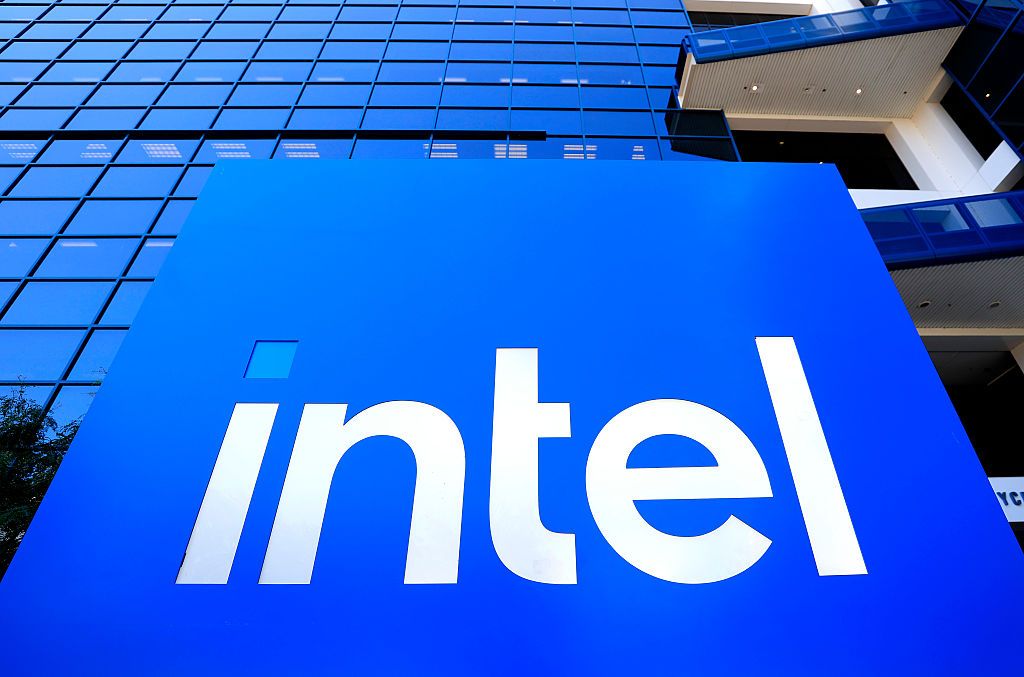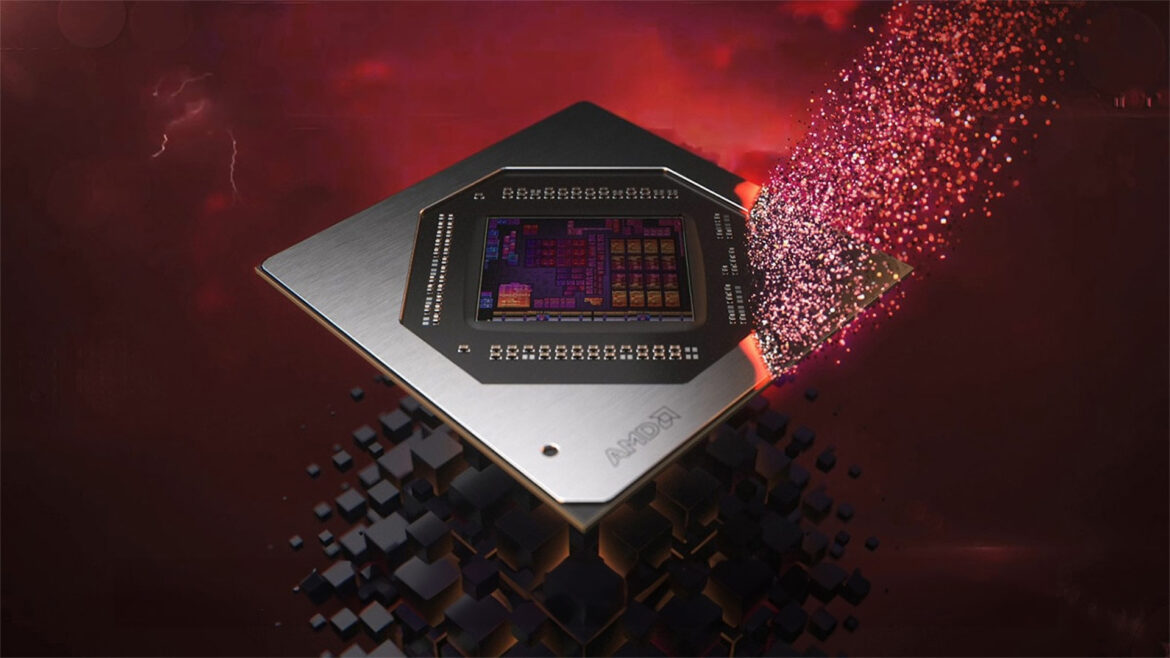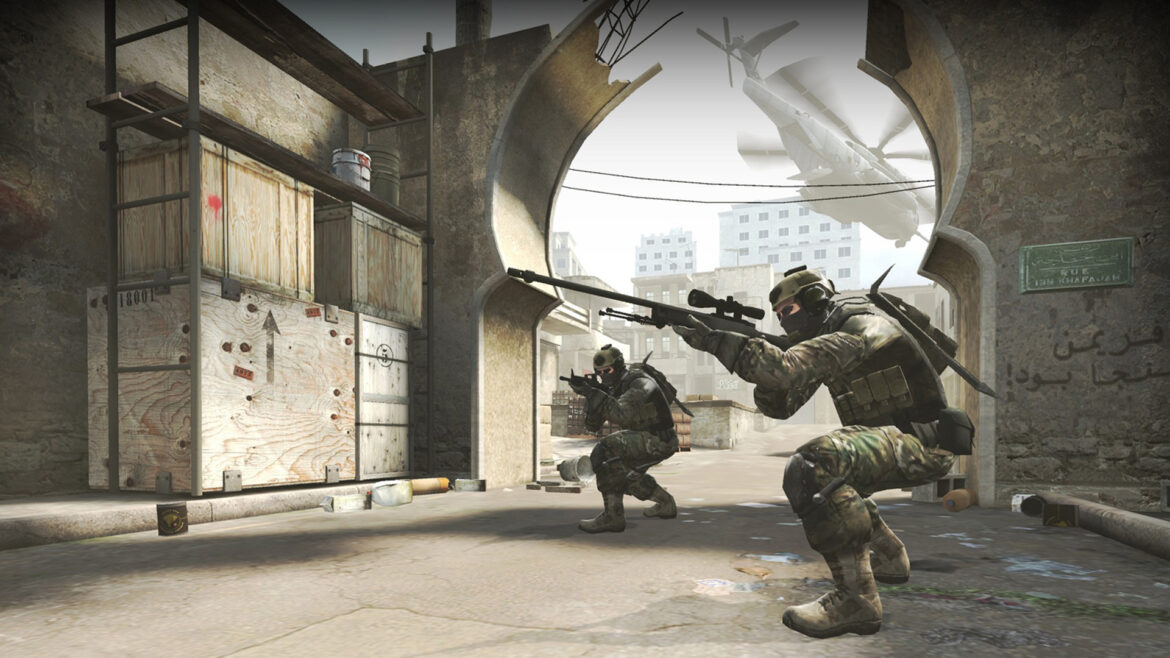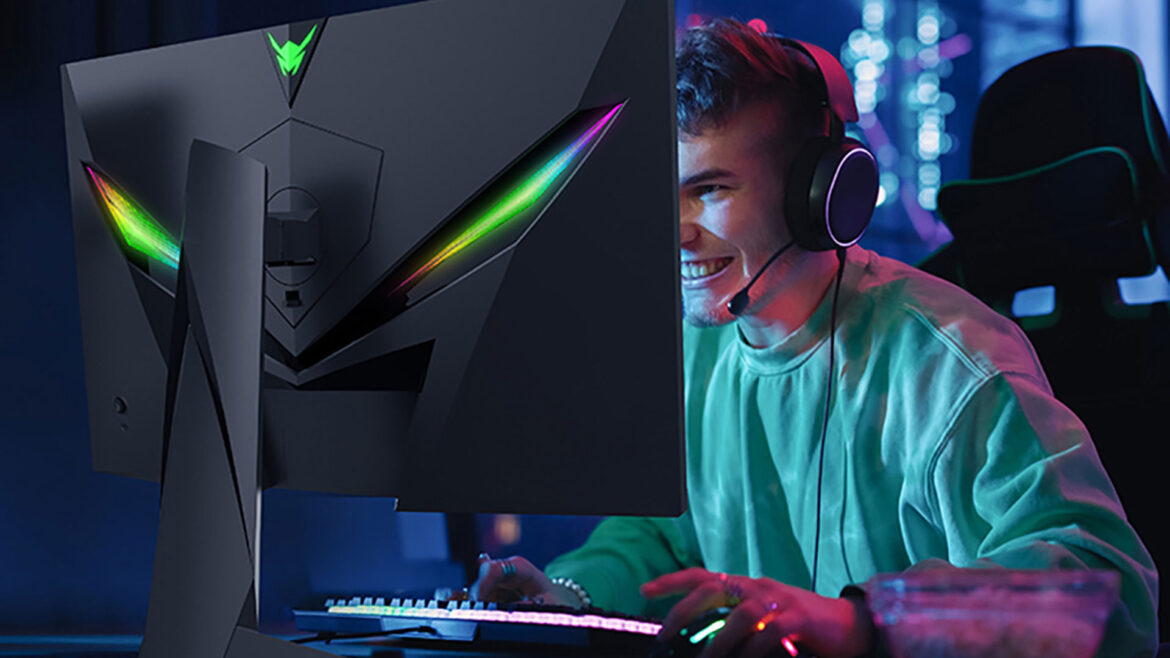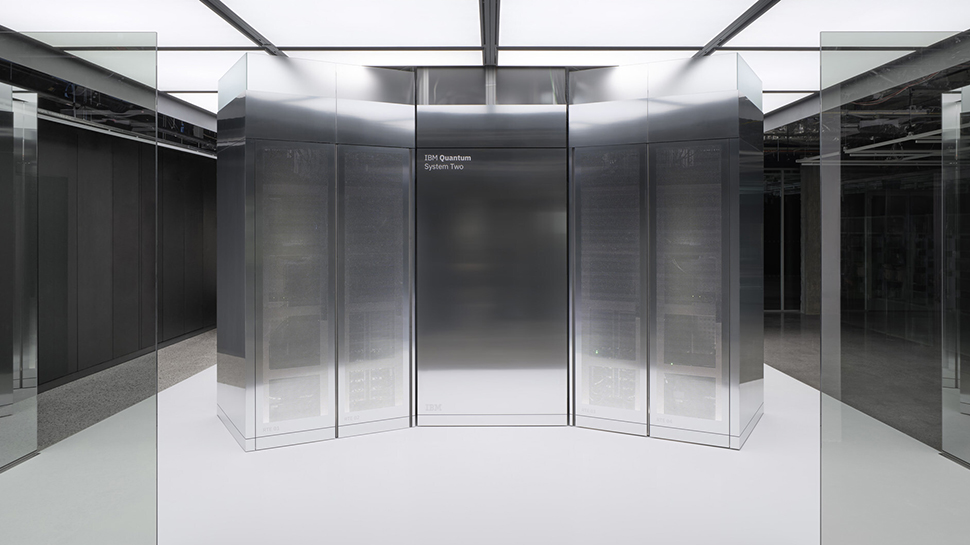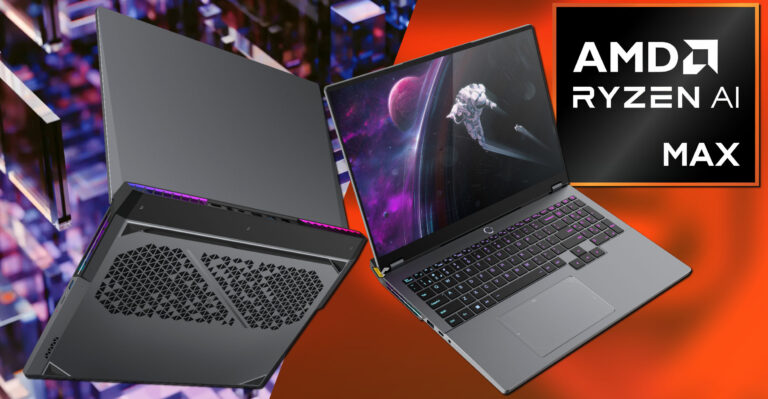Intel is in the early stages of talks with AMD about making the fabless chip designer an Intel Foundry customer, according to a report from Semafor.
The report, citing “people familiar with the matter,” doesn’t say just how much of AMD’s chip manufacturing would move to Intel. The company currently fabs its chips at TSMC. (Intel fabs some products at TSMC, too.)
In the past several weeks, Intel has seen a flurry of activity and investments. The United States announced a 9.9% ownership stake in Intel, while Softbank bought $2 billion worth of shares. Alongside Nvidia, Intel announced new x86 chips using Nvidia graphics technology, with the graphics giant also purchasing $5 billion in Intel shares. There have also been reports that Intel and Apple have been exploring ways to work together.
Such a partnership with AMD could validate former Intel CEO Pat Gelsinger’s vision. He had previously expressed interest in building chips for all of the world’s major tech companies, including long-time rival AMD. It’s unknown if AMD is considering a stock purchase similar to Nvidia.
AMD would be a major get for Intel, the latter of which has talked to many companies in a search for foundry customers. Current Intel CEO Lip-Bu Tan has suggested the company could stop offering its 18A node entirely if there isn’t enough demand for it.
Intel and AMD did not respond to requests for comment from Tom’s Hardware in time for publication.
It makes sense for Intel’s former rivals — especially American companies — to consider coming to the table. The White House is pushing for 50% of chips bound for America to be built domestically, and tariffs on chips aren’t off the table. Additionally, doing business with Intel could make the US government, Intel’s largest shareholder, happy, which can be good for business. AMD faced export restrictions on its GPUs earlier this year as the US attempted to throttle China’s AI business.
In general, Intel’s Foundry technology is perceived as less advanced than TSMC’s, but partnering with Intel could provide a backup if AMD ever needs one.
You may like

